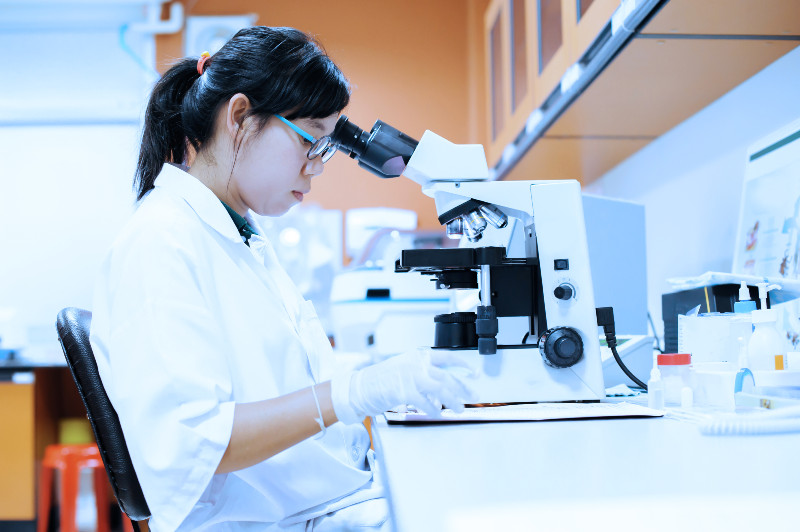When it comes to cultivating peas, seasoned gardeners and farmers alike understand that success hinges not only on the quality of seeds or the timeliness of planting but also significantly on the use of an inoculant for peas. This critical component can dramatically influence the health and yield of your pea crops. Let’s delve into why this is and how you can effectively use pea inoculants to enhance your gardening or farming outcomes.
Understanding Inoculant for Peas
What is an Inoculant? An inoculant for peas is a substance applied to pea seeds or soil that contains beneficial bacteria, specifically Rhizobium leguminosarum biovar viciae. These bacteria form a symbiotic relationship with pea plants, aiding them in crucial processes.
Key Benefits:
- Nitrogen Fixation: These bacteria convert atmospheric nitrogen into a form that the plants can readily absorb and utilize. This naturally reduces the need for chemical fertilizers.
- Enhanced Nutrient Uptake: Improved nitrogen levels in the soil boost the overall nutrient absorption efficiency of the plants.
- Increased Crop Yield: With better nutrition and health, plants are more productive and yield more bountiful harvests.
- Soil Health: Regular use of inoculants can improve soil fertility and structure, making it better for future planting cycles.
How to Use Inoculant for Peas
Using inoculant effectively is straightforward but requires attention to detail to ensure the best results:
- Choose the Right Product: Ensure the inoculant is specific to peas and contains the correct strain of bacteria.
- Application Timing: The inoculant should be applied to the seeds before planting. This can be done by coating the seeds or mixing the inoculant with water and soaking the seeds.
- Proper Storage: Inoculants are living organisms. Store them in a cool, dry place away from sunlight to maintain their viability.
- Soil Considerations: While inoculants are beneficial, their effectiveness can be diminished if the soil pH is not optimal. Ensuring your soil has a pH of around 6.0 to 7.5 will promote the maximum activity of the bacteria.
When to Use an Inoculant
While inoculants are highly beneficial, their use is particularly crucial in specific scenarios:
- New Gardens: If peas have not been grown in the soil previously, the native Rhizobium levels will likely be low.
- Post-Crop Rotation: Following a crop that is not a legume can reduce the specific bacteria in the soil, necessitating inoculation for optimal pea growth.
- Recovering Soil: In soils that have been degraded or are recovering from overuse, reintroducing beneficial bacteria can significantly aid in restoring soil health.
The use of an inoculant for peas is more than just a planting step; it is a crucial element for ensuring the health and productivity of your pea plants. By enhancing nitrogen fixation, improving nutrient uptake, and contributing to soil health, inoculants provide a natural, effective means to boost your gardening success. Whether you’re a home gardener aiming for a plentiful harvest or a commercial farmer looking to optimize yields, incorporating a quality pea inoculant like DYNOMYCO into your planting process is a wise and beneficial practice. Remember, a little effort in applying the right inoculant can lead to significantly better crop outcomes.
